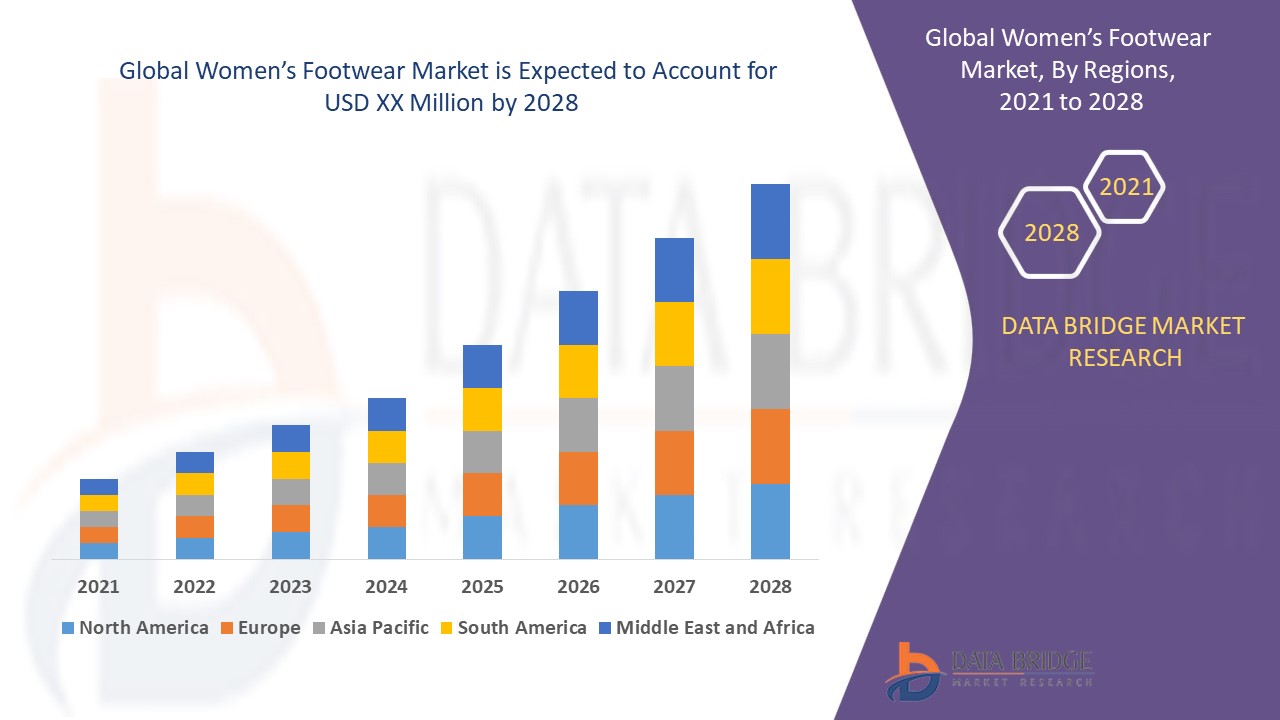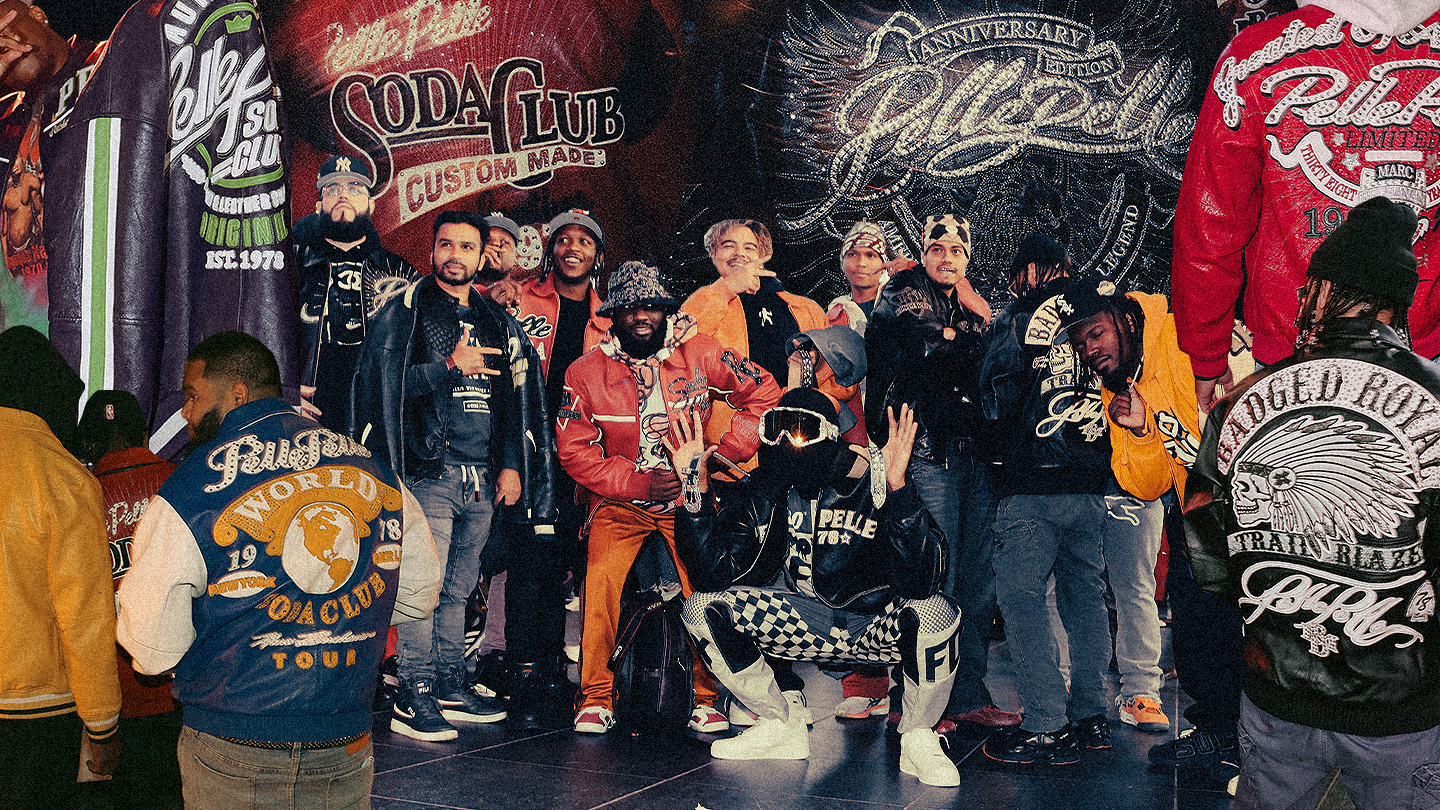Footwear has always been a significant component of women’s fashion, blending functionality with style. Women’s footwear is not just about protection or comfort; it’s a statement of individuality, a reflection of trends, and a symbol of empowerment. The global women’s footwear market is evolving rapidly, driven by innovation, cultural shifts, and a demand for sustainability.
This blog explores the diverse world of women’s footwear, highlighting trends, types, buying considerations, and market dynamics, offering a comprehensive view for enthusiasts and industry stakeholders alike.
A Brief History of Women’s Footwear
Women’s footwear has undergone significant evolution:
- Ancient Civilizations: Early footwear was simple, designed for protection.
- Middle Ages: Fashion became a priority, with intricate designs.
- 19th Century: Industrialization introduced mass production.
- 20th Century: Footwear became a fashion statement, with heels, boots, and sneakers dominating the landscape.
Today, women’s footwear is a fusion of art, technology, and comfort.
Types of Women’s Footwear
1. Heels
- Stilettos: High, slender heels for elegance.
- Block Heels: Offer stability and style.
- Wedges: Provide height with comfort.
- Kitten Heels: A chic option for everyday wear.
2. Flats
- Ballet Flats: Timeless and versatile.
- Loafers: Ideal for professional settings.
- Mules: Open-back designs for casual sophistication.
3. Boots
- Ankle Boots: Perfect for transitional seasons.
- Knee-High Boots: A statement for colder months.
- Chelsea Boots: Sleek and classic.
4. Athletic Shoes
- Running Shoes: Designed for performance and comfort.
- Sneakers: A blend of style and utility.
- Walking Shoes: Supportive and ergonomic.
5. Sandals
- Strappy Sandals: Feminine and elegant.
- Slides: Simple and casual.
- Gladiator Sandals: Inspired by ancient Roman designs.
6. Specialized Footwear
- Dance Shoes: Crafted for movement and rhythm.
- Orthopedic Shoes: Focused on foot health.
- Custom Designs: Tailored for unique requirements.
Current Trends in Women’s Footwear
1. Sustainable Footwear
- Growing demand for eco-friendly materials like recycled leather and plant-based fabrics.
2. Athleisure
- Sneakers dominate as they blend fitness and fashion.
3. Bold Colors and Patterns
- Bright hues, animal prints, and geometric patterns are popular.
4. Minimalistic Designs
- Simple, clean lines for understated elegance.
5. Customization
- Brands offer personalized options to cater to individual preferences.
6. Smart Shoes
- Integration of technology, such as fitness trackers and smart insoles.
Factors to Consider When Buying Women’s Footwear
1. Comfort
- Footwear should provide proper arch support, cushioning, and fit.
2. Material
- Leather, fabric, synthetic, and sustainable options each offer unique benefits.
3. Purpose
- Formal, casual, athletic, or seasonal footwear.
4. Style
- Aesthetic preferences and outfit compatibility.
5. Budget
- Balancing quality and cost is essential for long-term satisfaction.
6. Brand Reputation
- Renowned brands often ensure durability and comfort.
The Global Women’s Footwear Market
Market Size and Growth
- The global women’s footwear market is valued at over $200 billion and is expected to grow at a CAGR of 4.3% by 2030.
- Rising disposable incomes and increasing fashion consciousness drive the market.
Regional Insights
- North America: High demand for luxury and athleisure footwear.
- Europe: Dominated by iconic fashion brands.
- Asia-Pacific: Rapid urbanization and growing e-commerce penetration boost sales.
- Latin America: Expanding middle-class population drives demand.
E-Commerce Boom
- Online platforms contribute significantly to sales, offering convenience, variety, and competitive pricing.
Key Players in the Women’s Footwear Industry
- Nike: Renowned for athletic and casual footwear.
- Adidas: Combines performance with style.
- Jimmy Choo: Luxury footwear for formal occasions.
- Clarks: Known for comfort-focused designs.
- Vans: Popular among younger demographics.
- Allbirds: A leader in sustainable footwear.
- Steve Madden: Trendy and affordable options.
Challenges in the Women’s Footwear Market
1. Environmental Impact
- Addressing waste and resource consumption is critical.
2. Counterfeit Products
- Fake products harm brand reputation and revenue.
3. Supply Chain Disruptions
- Global events like pandemics can impact manufacturing and distribution.
4. High Competition
- New brands entering the market increase competition.
Future Outlook for Women’s Footwear
- Sustainability: Eco-friendly practices will shape the future of the industry.
- Technological Advancements: Smart footwear and 3D printing will revolutionize production and design.
- Customization and Inclusivity: More options for diverse needs and preferences.
- Market Expansion: Growth in emerging economies presents significant opportunities
Source: https://www.databridgemarketresearch.com/reports/global-womens-footwear-market
Conclusion
Women’s footwear is more than a necessity; it’s an expression of identity and a testament to evolving cultural and environmental priorities. With innovations in design, technology, and sustainability, the industry is poised for an exciting future. Whether you’re a fashion enthusiast, an athlete, or someone seeking comfort and functionality, there’s a pair of shoes tailored just for you.
Also Read
- ► Unlocking Success: Bclub.cm Choice for Reliable CC and CVV
- ► Interior Plus offers premium house interior design services.
- ► Elevating brands with effective BTL advertising
- ► Why Are Gypsum Partitions a Popular Choice for Modern Interiors?
- ► Gallery Dept. Hoodie: The Ultimate Blend of Artistic Expression and Streetwear Style
- ► Tips for Selecting Fresh Flowers for Delivery
- ► Cortez Joggers: The Perfect Fusion of Comfort and Street Style
- ► Role of FinTech in Expanding the Reach of NBFC Services
- ► Turning Silver into Cash: A Comprehensive Guide to Selling Your Silver
- ► Enhance Decision-Making with Business Data Visualisation in Australia
- ► Mitolyn Weight Loss Supplement
- ► Top 10 Sorry Gifts That Say You Care
- ► Why Enrol In SEO Advanced Course Training?
- ► What Are the Best Team Building Activities for Teams?
- ► Interior Plus: Best Interior Design KL & Kuala Lumpur Experts.





